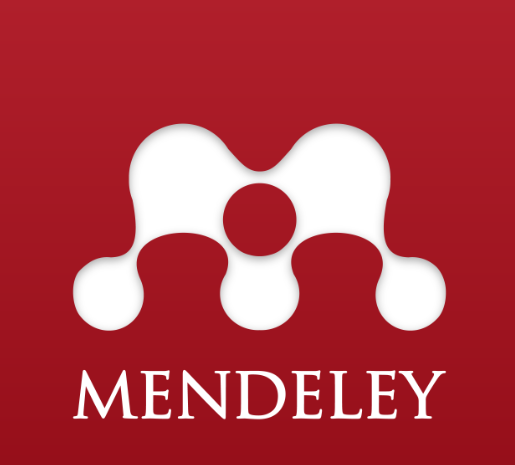ASYMMETRIC INFORMATION, INVESTMENT OPPORTUNITY, PROFITABILITY, DIVIDEND DAN KEBIJAKAN LEVERAGE PERUSAHAAN MAKANAN MINUMAN
DOI:
https://doi.org/10.22219/jmb.v1i2.1328Abstract
Gabungan Pengusaha Nasional Angkatan Sungai, Danau & Penyebrangan (GAPASDAP)
e-mail: abdillah278@gmail.com
ABSTRACT
Pecking order theory is a theory that emphasizes the manager chooses to use retained earnings to
fund the company rather than debt and the last alternative new shares issued. This study aims to
determine the influence of asymmetric information, investment opportunity, profitability and dividend
on the company’s leverage. Type of data used are secondary data which are reported in the company’s
financial ratios during the study period in 2006-2009. Results showed that mean of the variable
asymmetric information, investment opportunity, profitability and dividend influence simultaneously
to the leverage of company. There is only asymmetric information which is partially significant to
influence the company leverage.
Keywords: asymmetric information, profitability, investment opportunity, dividend, leverage
Downloads
Downloads
Published
Issue
Section
License
Authors who publish with this journal agree to the following terms:
- Authors retain copyright and grant the journal right of first publication with the work simultaneously licensed under a Creative Commons Attribution-ShareAlike 4.0 International License that allows others to share the work with an acknowledgment of the work's authorship and initial publication in this journal.
- Authors are able to enter into separate, additional contractual arrangements for the non-exclusive distribution of the journal's published version of the work (e.g., post it to an institutional repository or publish it in a book), with an acknowledgment of its initial publication in this journal.
- Authors are permitted and encouraged to post their work online (e.g., in institutional repositories or on their website) prior to and during the submission process, as it can lead to productive exchanges, as well as earlier and greater citation of published work (See The Effect of Open Access).

This work is licensed under a Creative Commons Attribution-ShareAlike 4.0 International License.





71.png)





